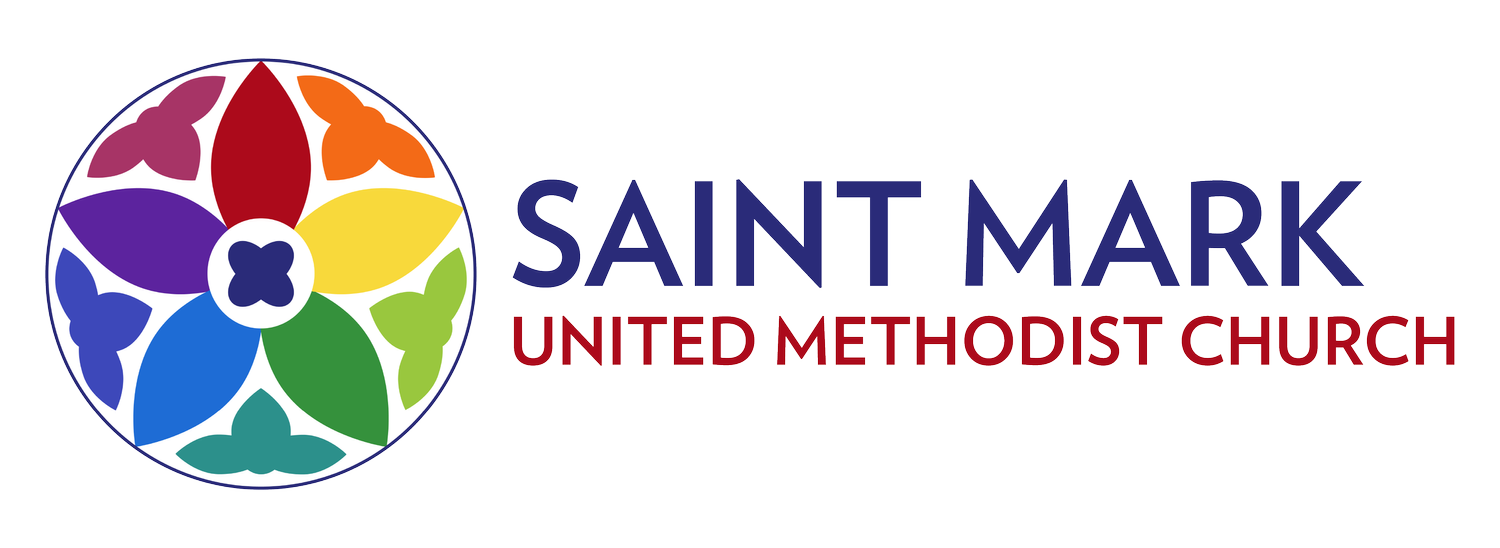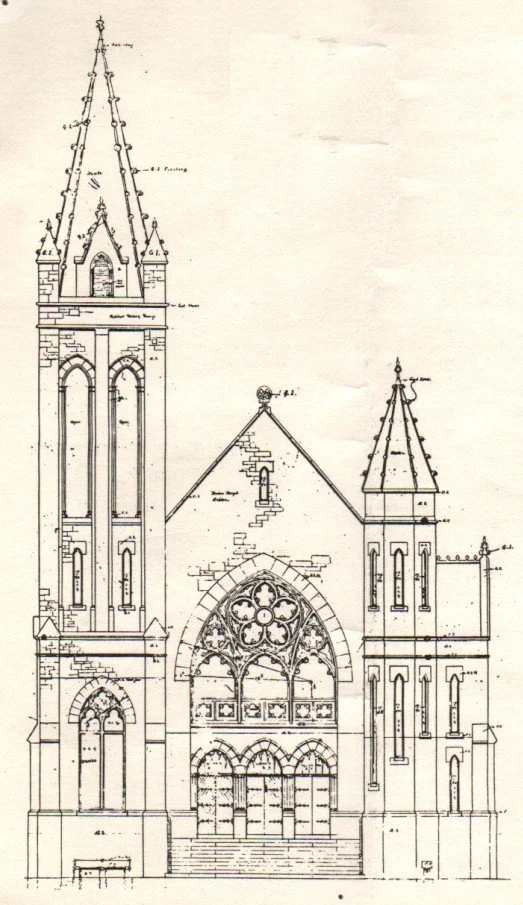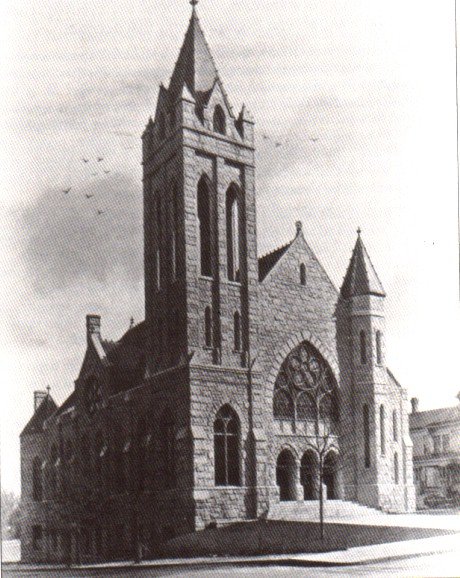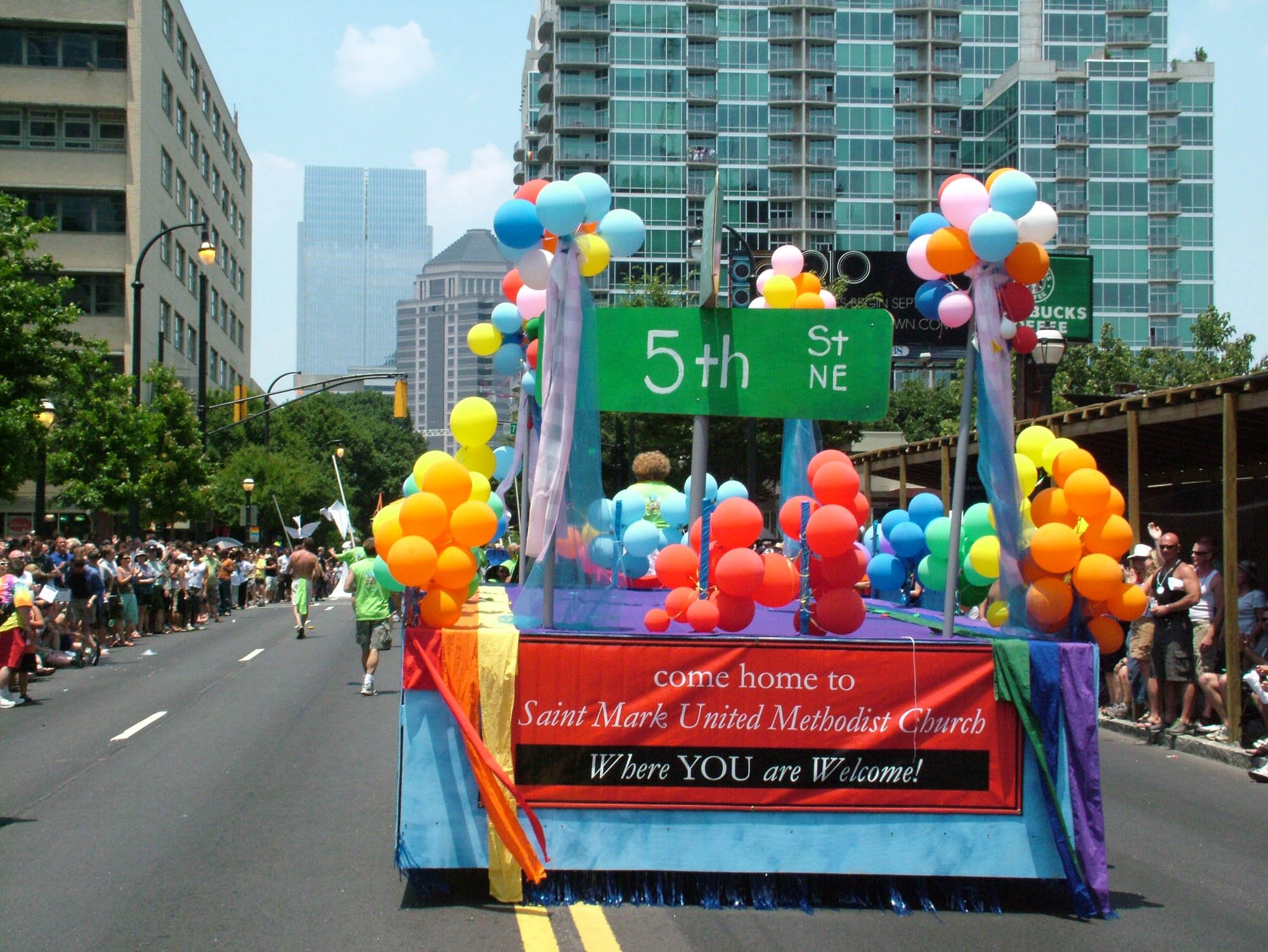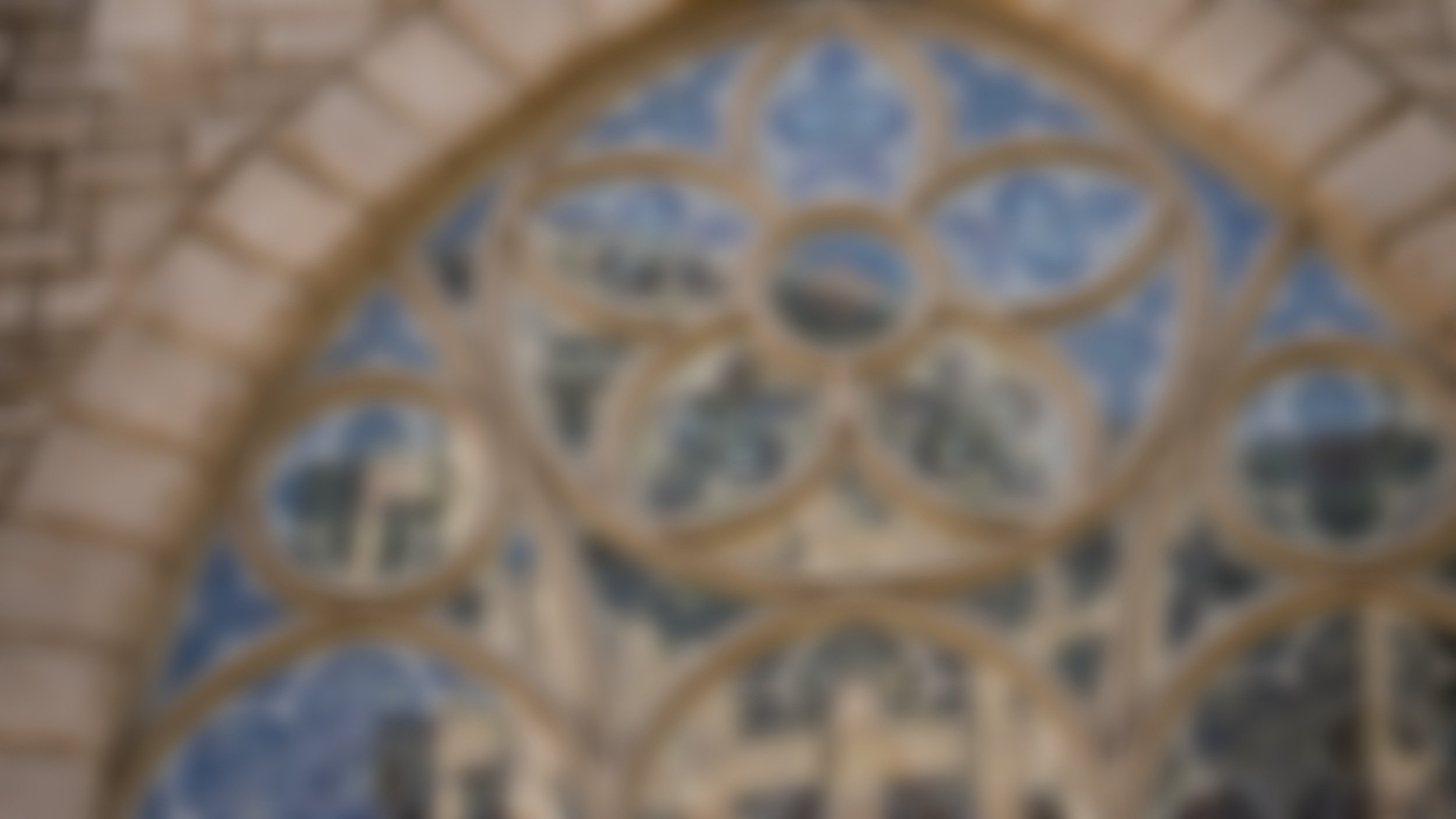
Saint Mark Welcome Statement
As a United Methodist Church we are proud to be a congregation with open hearts, open minds, and open doors. We strive to be a congregation that embodies God’s absolute love and hospitality, proclaiming Jesus as our savior and as our model of the ultimate embodiment of God’s love. We believe that all persons are of sacred worth and dignity as part of God’s good creation. Saint Mark United Methodist Church welcomes all persons into the full life and ministry of our congregation, regardless of race, culture, ethnicity, age, sexual orientation, gender identity, family, or socioeconomic status, physical or mental ability, or faith history.
OUR MISSION
Loving
“The aim of our charge is love that issues from a pure heart and a good conscience and a sincere faith.”
1 Timothy 1:5
Saint Mark strives to express love for all people in all that we do. We recognize the multiplicity of love - that love can be gentle, passionate, forceful, bold, and much more, and we aim to express that love through unambiguous statements and tangible action.
Accepting
“Therefore, accept one another, just as Christ also accepted us, for the glory of God.”
Romans 15:7
Saint Mark accepts our members for who they are, without judgment or condemnation. We accept the changes in the world at large with grace and adaptability, and accept our own necessary growth and education with understanding and humility.
Serving
“Each one should use whatever gift he has received to serve others, faithfully administering God’s grace in its various forms.”
1 Peter 4:10
Saint Mark seeks to serve our community in a variety of ways through our various ministries, with a concentrated effort towards our neighbors who have been historically underserved. We consistently strive to demonstrate humility, understanding, and servant leadership.
OUR STORY
The rich history of Saint Mark United Methodist Church parallels the modern history of the City of Atlanta, and the story of the church’s growth is intertwined with that of the city’s expansion and welcoming to all people.
-
In 1872 the First Methodist Church, located at Walton and Forsyth, opened a mission in a house located on the east side of Peachtree Street just north of what is now Eighth Street. This area, beyond the city limits, was called “Tight Squeeze.” Notorious since the Civil War as a haven for cutthroats and thieves, the stretch of Peachtree between present-day Eighth and Twelfth Streets originally looped around a thirty-foot ravine that ran east from present-day Crescent Avenue down toward Piedmont Avenue. It got its name from the saying that it was a “tight squeeze getting through there with your life.”
This first mission was called “Peachtree Street Mission” or the “City Mission.” A frame church was erected and the mission relocated to Merritts Avenue, which runs between Peachtree and Courtland Streets. Several dates have been given for the move, but 1875 seems to be widely accepted. The new church was called the Sixth Methodist Church (1875-86) and later renamed the Merritts Avenue Methodist Church (1886-98). Bishop Warren A. Candler , then a junior preacher (and later became a bishop in the Methodist church as well as President of Emory College, now Emory University), was its first pastor.
The history of the current building really begins in the year 1900, when the Board of Trustees of Merritts Avenue Methodist Church began its search for new property. By 1901 with a membership of 319 the congregation had outgrown its Merritts Avenue location. The congregation sold its property and used the proceeds to buy a new lot at Peachtree and 5th Streets. The site chosen for the new church was located in the midst of fine residences.
In January of 1902, the congregation officially changed its name to Saint Mark M.E. Church, South. On October 22 of the same year the cornerstone was laid for the new building on Peachtree. The original building consisted of the main sanctuary and the rooms behind and below this area. The church grew rapidly, particularly after World War I, when it became clear that larger facilities were needed for the growing Sunday school program. The congregation raised funds to acquire the piece of property and frame house next door, owned by David Woodward, and was able to close on the purchase in 1922. The next phase of Saint Mark’s building development came in 1946, with a building renovation and construction program that resulted in the construction of the Frances Winship Walters Chapel and a new educational unit in 1948. The 1950’s witnessed the final addition to the current structure with the extended educational building. In 2008 the culmination of a 15-year Sanctuary renovation master plan was realized with the repairing and repointing of the exterior granite walls, the repainting of the interior walls and the addition of faux-wood painting of the beams. The result is an even warmer, more intimate holy space for the praise and worship of God.
-
In 1990, Saint Mark was on the verge of closing, but one act of radical kindness led to the church’s revival. During the 1991 Gay Pride Parade, Saint Mark cemented itself as an ally to the LGBTQ+ community. While other churches picketed and protested LGBTQ+ rights, Saint Mark handed out cups of water to those marching in the Atlanta sun, and preached a message of love, acceptance, and welcome. In the years that followed, the congregation grew to over 1,700 members. This renewal is often referred to as “The Miracle on Peachtree.”
Saint Mark’s roots in the LGBTQ+ community only continued throughout the 90s and the new Millennium; during the AIDS epidemic, Saint Mark was one of the only Atlanta churches to perform funeral rites in the sanctuary for those who had died of HIV/AIDS.
The decision to invite the LGBTQ+ community to join us has thrust Saint Mark into the forefront of the movement for full inclusion of queer individuals in the church. And so, on March 13, 2011, a Saint Mark Church Conference voted overwhelmingly to affiliate with Reconciling Ministries Network and adopted this Welcome Statement:
As a United Methodist Church we are proud to be a congregation with open hearts, open minds, and open doors. We strive to be a congregation that embodies God’s absolute love and hospitality, proclaiming Jesus as our savior and as our model of the ultimate embodiment of God’s love. We believe that all persons are of sacred worth and dignity as part of God’s good creation. Saint Mark United Methodist Church welcomes all persons into the full life and ministry of our congregation, regardless of race, culture, ethnicity, age, sexual orientation, gender identity, family or socioeconomic status, physical or mental ability, or faith history.
-
Saint Mark, with its hundred-year-old stained glass windows and rainbow flag hanging from the belfry has become a staple of Atlanta’s queer community, and of Atlanta as a city. While we are proud of the work we have done in the past, we are continually striving to learn more and do better. We work towards justice for our trans and non-binary siblings, as well as fighting for racial justice in our beautifully diverse city and beyond.
Former and current members of Saint Mark have gone on to be community organizers, non-profit leaders, and pillars of their community - including gubernatorial candidate Stacey Abrams, who attended Saint Mark throughout her teens. We are so proud of the community we have created, and can’t wait to continue evolving as we enter a new chapter of Saint Mark’s beautiful story. We hope you will join us in creating a future where all of God’s children are loved, accepted, and served.
Birthed from the "Peachtree St. Mission," the first form of Saint Mark was the Merritt Avenue Methodist Episcopal Church in 1875.
The plans for the 1902 construction of the newly-named Saint Mark Methodist Episcopal Church.
March 22, 1903 - the finished building.
The installation of the first organ at Saint Mark!
A cornerstone of Saint Mark from its construction in 1902. This cornerstone is still clearly visible on the main building!
An old photo of Saint Mark as it stood on 5th and Peachtree.
An early photo of a Bible Class at Saint Mark.
1934 - the first Children's Choir at Saint Mark.
A Sunday School class at Saint Mark in the early 1940s.
A photo from Saint Mark's first Homecoming/Founders' Day celebration in 1952, to commemorate 50 years of Saint Mark.
Another photo from 1952's Founders' Day/Homecoming Celebration.
A 1954 Sunday School class held a "Womanless Wedding" - a common, satirical event in the 1950s, not dissimilar from a drag show.
A photo of worship at Saint Mark in the early 1960s.
Dr. Mike Cordle, presiding senior pastor during the "Miracle on Peachtree," with the first recipient of the Saint Mark Pride award.
A 2002 Choir Rehearsal in the Saint Mark Sanctuary.
Saint Mark participating in the 2004 Gay Pride Parade. The "float" featured Saint Mark's iconic red doors.
Saint Markers participating in the 2004 Gay Pride Parade.
Saint Markers in the 2010 Pride Parade (10/10/10)
Saint Mark's 2007 Pride Float.
A 2012 Blessing of the Animals gathering on the front steps.
Saint Mark volunteers with water cups during the 2018 LGBTQ+ Pride Parade. This tradition has continued every year since the 1991 Miracle on Peachtree St.
Saint Mark's 2018 LGBTQ+ Pride Float.
Saint Markers building a house for Habitat for Humanity (08/08/19)
The iconic rainbow flag in Saint Mark's belfry. Though it has been a fixture during LGBTQ+ Pride, the decision was made in 2019 to keep the flag here year-round to make our position on LGBTQ+ acceptance explicitly clear.
The Saint Mark Sanctuary during our 2019 LGBTQ+ Pride Celebration.
Our 2019 LGBTQ+ Pride Float, featuring our Saint Mark Youth.
A group of Saint Markers with their signs for a racial justice protest in Summer 2020.
Saint Markers marching for racial justice in summer of 2020.
Saint Mark Youth making "voter bags" for those standing in lines during the Nov. 2020 election.
In 2021, the Saint Mark sanctuary was featured in a mural commemorating the 50th Anniversary of Atlanta Pride.
In 2021, Saint Mark celebrated 30 years of participating in Atlanta's LGBTQ+ Pride Celebration. This logo was designed by Saint Mark's own Lily Berrios.
Saint Mark children preparing for the 2022 Easter Egg Hunt.
A group of Saint Markers outside our 2022 Easter Worship.
